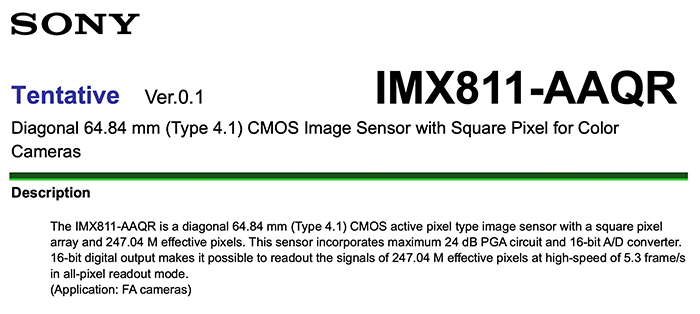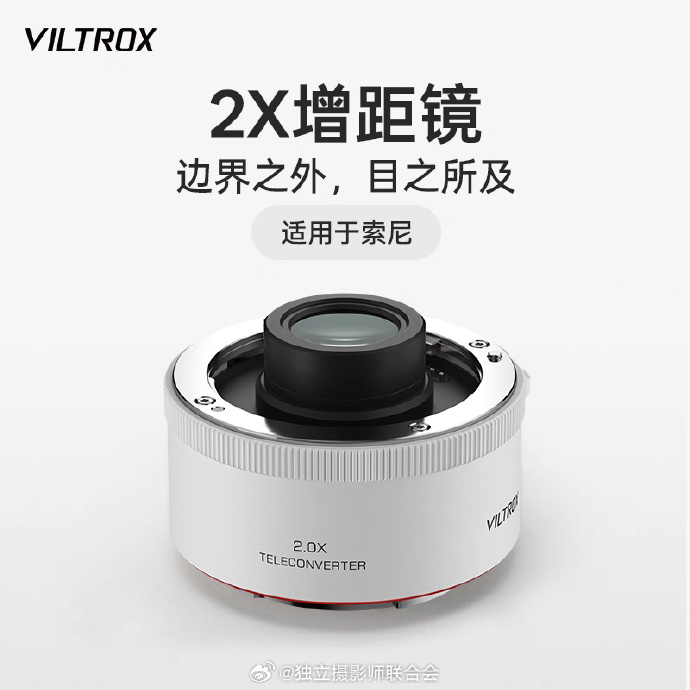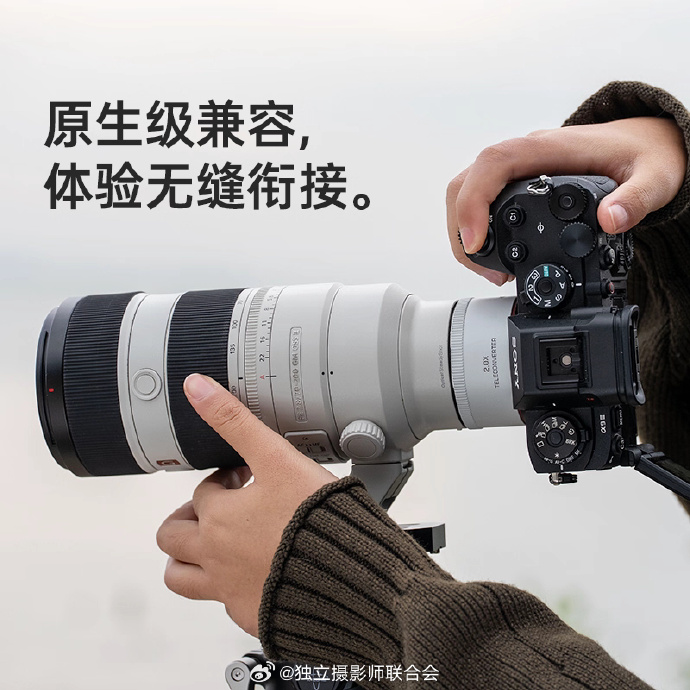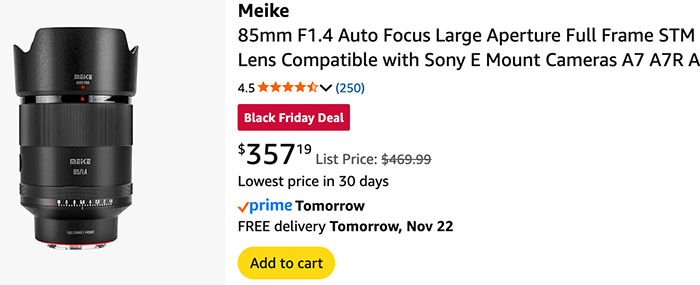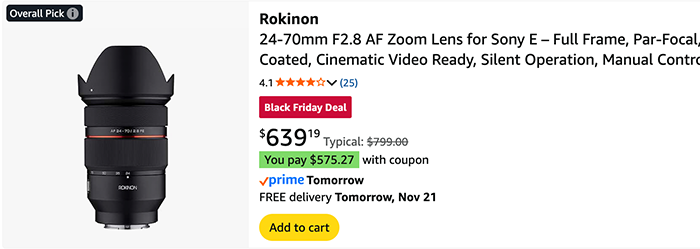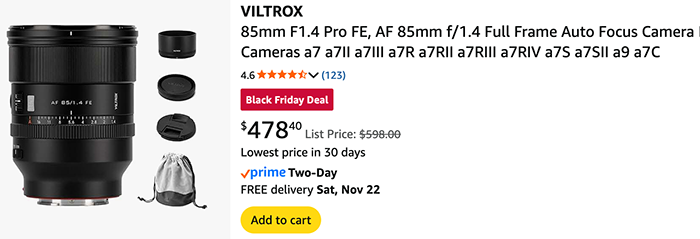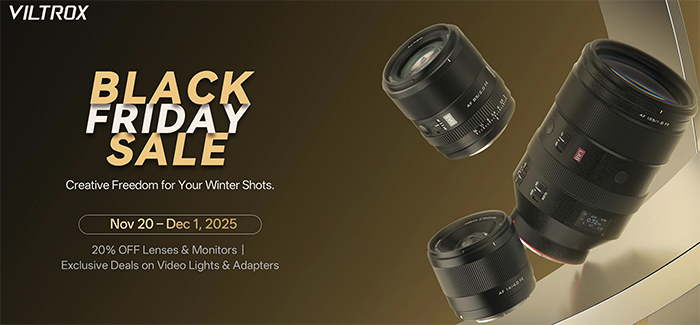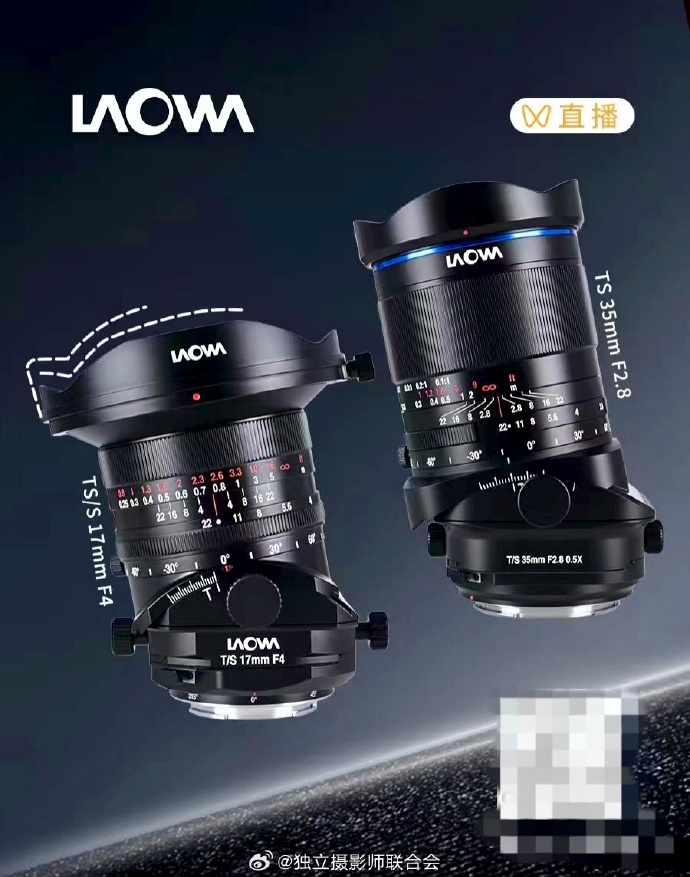E-mount reconditioned deals
Black Friday deals are now live worldwide at Amazon US, BHphoto Holiday page , Amazon Canada.
In EU at Amazon Germany, Amazon UK, Amazon France, Amazon Italy, Amazon Spain, Amazon Netherlands, and other Amazon EU countries. And also at Amazon Australia.
Here are the hottest reconditioned Sony deals:
- $382 for the white Sony ZV-1F
- $170 for the Sony 50mm f/1.8
- $1364 for the 16-35mm GM lens (first generation)
- $818 for the Tamron 70-180mm f/2.8 FE
- $946 for the Sony 16-25mm G
- $922 for the Tamron 150-500mm FE
- $140 for the Tamron 35mm FE
- $540 for the Sony ZV1
Apple reconditioned deals:
- 30% off on a ton of reconditioned Apple products sold by Amazon Resale (Click her).
- 20% off on these Apple products
- 15% off on these Apple products
- 10% off on these Apple products.
Non Sony tech deals:
- 30% off on this reconditioned Samsung gear
- 30% off on the Rode Wireless Me
- 30% off on the DJI Air 3 Fly More Combo with RC-N2 Remote Controller
The BIG deals on reconditioned gear:
- 30% off this reconditioned Electronics
- 20% off this reconditioned Electronics
- 15% off this reconditioned Electronics
- 10% off this reconditioned Electronics


